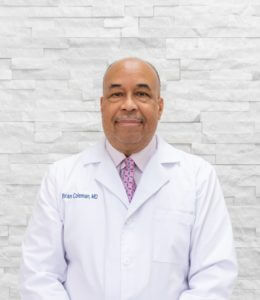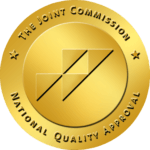Arthroscopic Surgery
University Orthopedic Care is dedicated to providing our patients with top-tier orthopedic care. Our expert surgeons are specially trained, utilizing state-of-the-art surgical techniques, including arthroscopic surgery. Arthroscopy is a minimally invasive procedure that uses a small camera, called an arthroscope, to provide patients with surgical repair using smaller incisions and less invasive techniques. This results in quicker recovery times, less discomfort, and improved success rates among our patients.
When coupled with the latest advancements in technology and orthopedic treatment, arthroscopy offers a high-quality solution to those whose conditions need surgical repair. Our specialists see a wide range of conditions in our patients – from rotator cuff tear to cartilage degeneration and beyond. Some of the most common arthroscopic surgeries we offer include:
- Rotator cuff repair
- ACL reconstruction
Additional arthroscopic surgeries we offer include:
Arthroscopic labral repair is a specialized procedure aimed at treating shoulder dislocations. The shoulder joint comprises a ball and socket, with the labrum serving as a cushion and providing stability. Dislocations can cause tears in the labrum, leading to pain and shoulder instability.
During an arthroscopic labral repair, our expert surgeons make small incisions and use a camera-guided instrument to repair these tears. This technique offers the advantages of being minimally invasive, promoting faster healing, less post-operative pain, and a quicker return to normal activities.
Arthroscopic surgery for posterior cruciate ligament (PCL) reconstruction is another specialized service we offer at University Orthopedic Care. The PCL is a critical ligament in the knee that connects the thigh bone to the shin bone, offering stability to the knee joint. If damaged, it can lead to significant discomfort and instability.
Our expert surgeons conduct PCL reconstruction using arthroscopic techniques, making small incisions to insert a tiny camera and other surgical instruments. This allows for a precise, minimally invasive procedure, which not only reduces post-operative pain but also accelerates recovery time. With our focus on patient-specific care, our goal is to restore your knee function and help you swiftly return to your everyday activities.
The meniscus is a rubbery, C-shaped disc that cushions your knee. Any damage to the meniscus, whether through a sports injury or otherwise, can lead to pain and instability. Our highly skilled surgeons perform meniscus repair using an arthroscopic approach.
Arthroscopic meniscus repair involves making small incisions and using a tiny camera, called an arthroscope, to guide the surgical instruments, providing a clear view of the knee's internal structures. The damaged meniscus is then meticulously repaired, restoring its function. This technique is minimally invasive, which typically results in less discomfort post-surgery, a faster recovery, and a quicker return to your day-to-day activities.
The cartilage is a smooth, rubber-like tissue that acts as a cushion between the bones in a joint. Healthy cartilage ensures smooth and pain-free movement within the joints. However, due to injuries or wear-and-tear, this cartilage can become damaged or worn out, leading to pain, swelling, and reduced joint mobility. Cartilage may also become damaged due to arthritis.
Our skilled surgeons perform arthroscopic surgery for cartilage repair. This highly precise, minimally invasive technique allows for the clear visualization and careful repair or restoration of the damaged cartilage. Not only does arthroscopic surgery reduce post-operative discomfort, but it also quickens the recovery process. Our aim is to restore the normal function of your joints and help you swiftly return to your everyday activities.
Benefits of Arthroscopic Surgery
Arthroscopy uses advanced technologies and requires a skilled surgeon to carry out each procedure. Our expert surgeons have decades of hands-on experience providing arthroscopic solutions to patients who require surgery but wish to have a minimally invasive approach.
Benefits of receiving arthroscopic surgery compared to traditional invasive techniques include:
- Smaller incision sites
- Less invasive techniques
- Improved patient outcomes
- Reduced recovery period
Arthroscopy Near Me in Florida
The expert doctors at University Orthopedic Care look forward to meeting you so you can start living your life without limits once again. If you have any questions about the arthroscopic surgeries that we can offer to you and your loved ones, please contact us today. To get started on your journey to greater mobility and reduced pain, we encourage you to request an appointment online.









